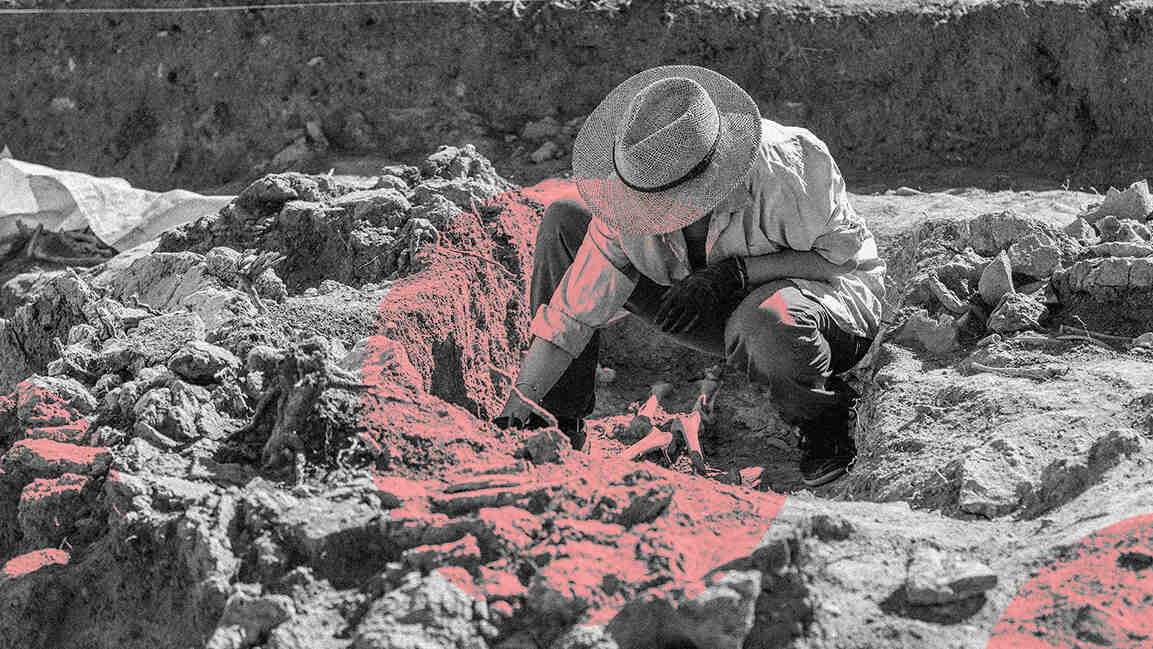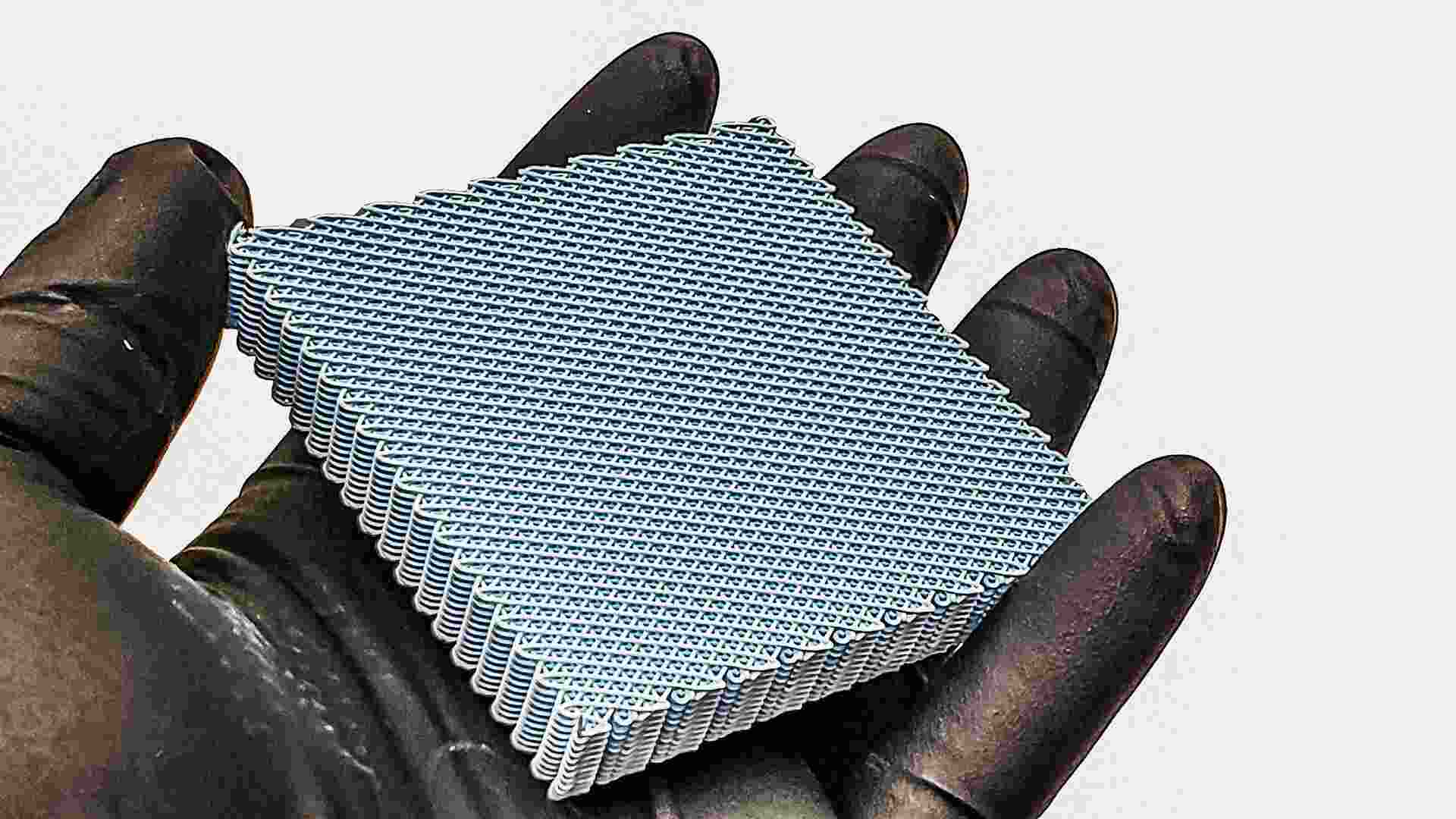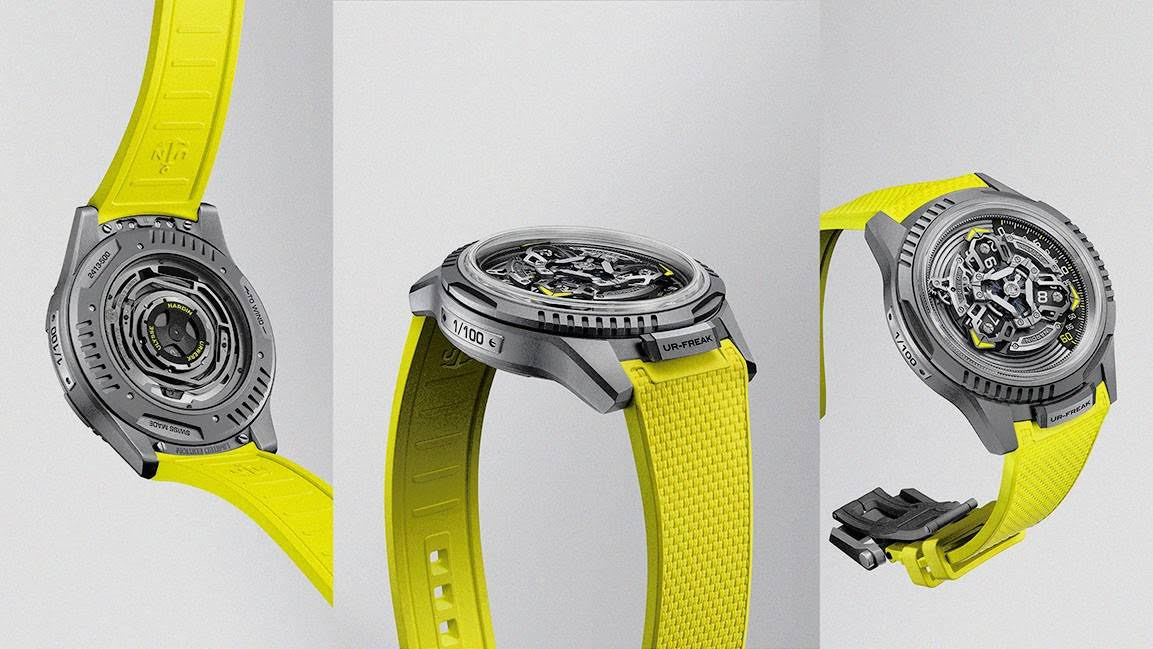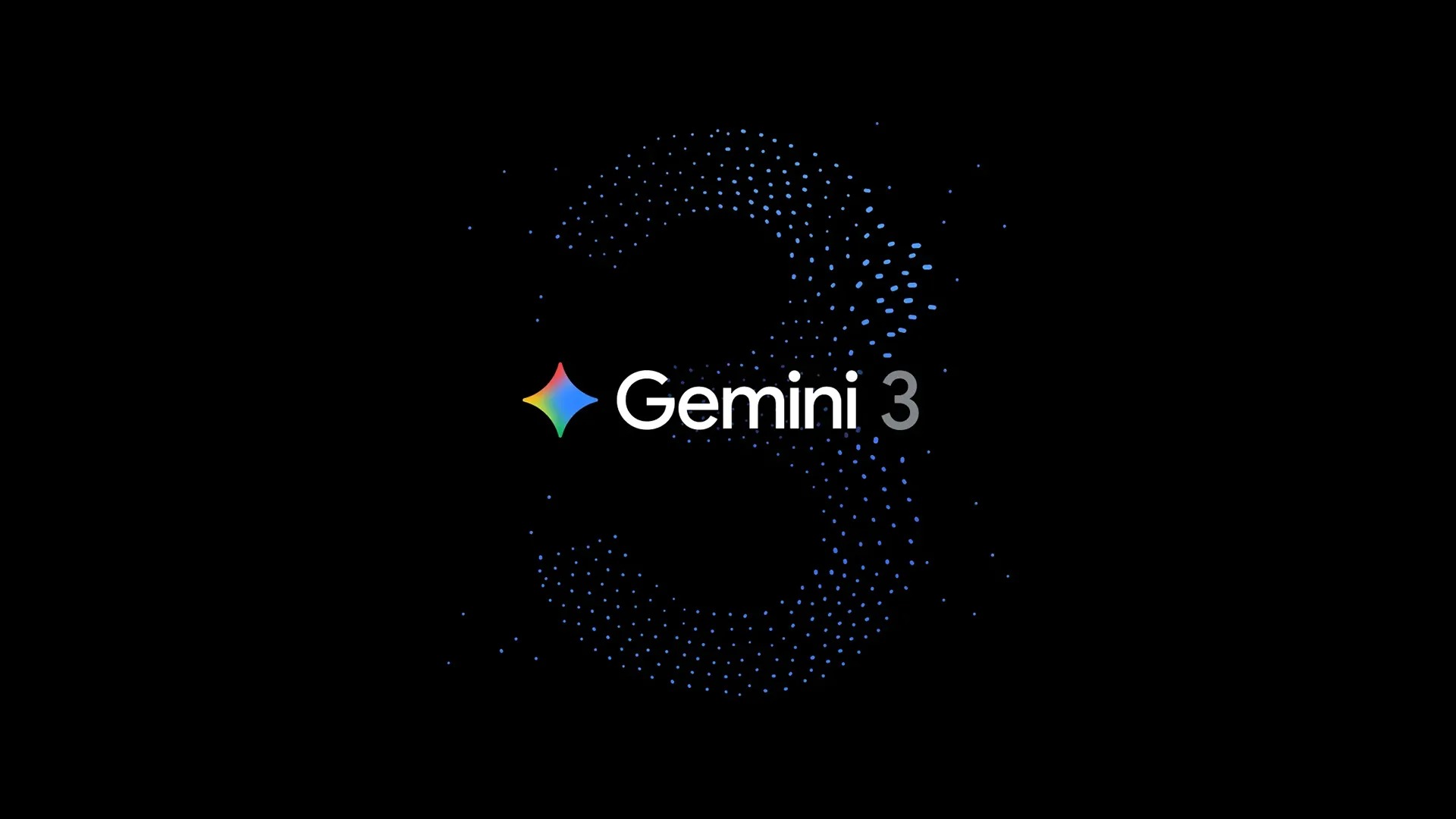- | 11:00 am
Ancient 3,000-year-old Iron Age Cemetery discovered in Al Ain
The site is believed to be the best-preserved Iron Age chambered tomb necropolis in the region, offering a rare glimpse into the cultural and social landscape of the time.

The Department of Culture and Tourism – Abu Dhabi (DCT Abu Dhabi) has announced the discovery of the UAE’s first major Iron Age cemetery, dating back 3,000 years, in the Al Ain region.
Unearthed by DCT Abu Dhabi’s Archaeology Section, the site contains more than a hundred tombs, many of which hold a variety of grave goods, shedding new light on a previously undocumented chapter of the region’s ancient history.
Archaeologists from DCT Abu Dhabi have discovered the first major Iron Age cemetery found in Abu Dhabi. The ancient 3,000-year-old necropolis, found in the Al Ain Region, likely included over a hundred tombs with a treasure trove of goods. pic.twitter.com/QCZAHhHvhY
— Department of Culture and Tourism – Abu Dhabi (@dctabudhabi) April 21, 2025
Jaber Saleh Al Merri, Director of the Historic Environment Department at DCT Abu Dhabi, said, “This discovery promises to transform our understanding of the ancient Emirates. For years, the Iron Age burial traditions remained a mystery, but now we have tangible evidence that brings us closer to the people who lived here 3,000 years ago. It reinforces our efforts to preserve, promote, and protect Abu Dhabi’s heritage for future generations.”
The site is believed to be the best-preserved Iron Age chambered tomb necropolis in the region, offering rare insights into the cultural and social fabric of the time. Although many of the tombs were looted in antiquity, they still yielded human remains and a trove of artifacts. A forensic team, including an osteoarchaeologist, carefully handled the remains. DNA analysis and laboratory testing are expected to reveal more about the identities and origins of those buried there.
The tombs were constructed by digging deep shafts and carving oval chambers, which were then sealed with stones or mudbricks. Their lack of visible surface markers likely explains why similar sites have remained hidden until now.
Artifacts recovered from the site include gold jewelry, intricately decorated pottery, soft-stone carvings, metal weapons, and personal items such as shell cosmetic containers and bead ornaments.
Tatiana Valente, Field Archaeologist at DCT Abu Dhabi, noted, “We know how people in the Bronze Age and Late Pre-Islamic period buried their dead, but the Iron Age has always been a missing part of the puzzle.”
The find is part of the Funerary Landscapes of Al Ain Project, launched in 2024. It supports DCT Abu Dhabi’s ongoing research into the Al Ain UNESCO World Heritage Site, shedding light on burial customs, early agriculture, and life in the ancient oasis.































